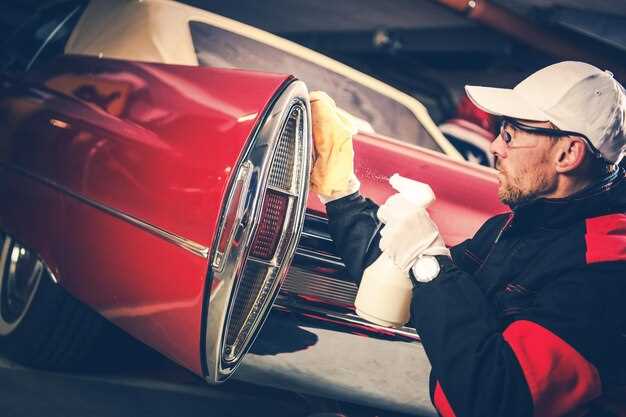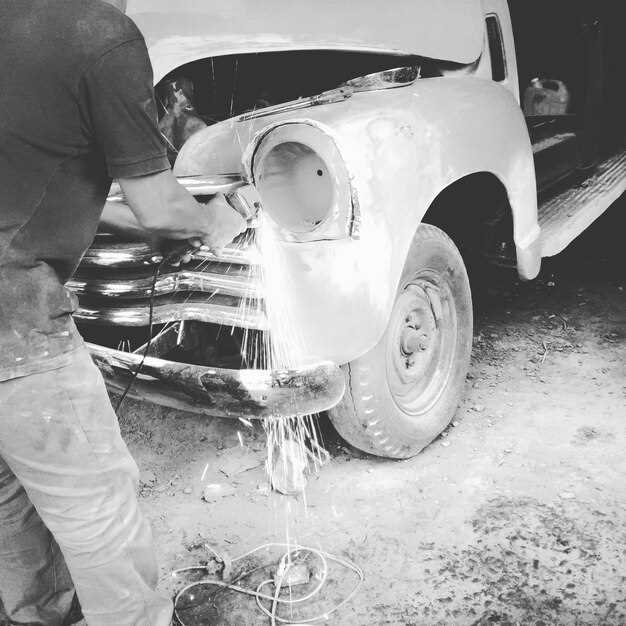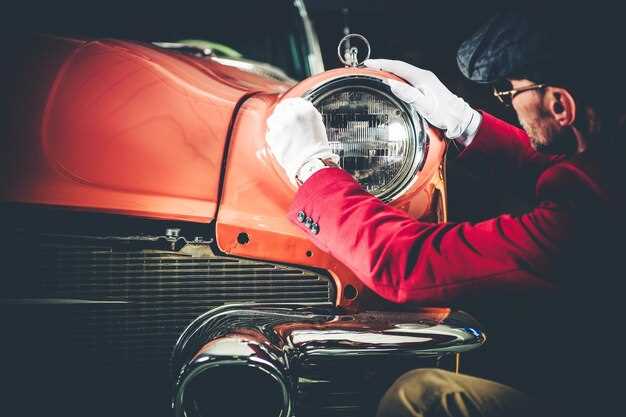
Restoring a classic Porsche can be a rewarding project that brings a piece of automotive history back to life. However, the journey is fraught with potential pitfalls that can derail the entire process if not approached with care. Understanding the common restoration mistakes can save you time, money, and frustration, enabling you to realize your dream car without compromising its integrity.
In this article, we will delve into crucial tips and insights that every Porsche enthusiast should consider before embarking on a restoration project. From selecting the right parts to maintaining authentic specifications, being aware of these challenges ensures that your efforts lead to a successful and satisfying outcome. Keeping these factors in mind will not only enhance the quality of your build but also deepen your appreciation for these iconic vehicles.
Join us as we explore the common errors that can occur during a Porsche restoration and how to navigate these obstacles effectively. With the right knowledge and preparation, you can transform your classic Porsche into a stunning machine that honors its legacy while reflecting your personal touch.
Understanding the Importance of Documentation in Restoration Projects
Documentation plays a crucial role in any restoration project, especially when dealing with classic cars like Porsches. Maintaining comprehensive records can significantly influence the success and efficiency of your project.
First and foremost, proper documentation provides a clear timeline of the restoration process. Keeping track of each stage–from initial inspection to final touches–allows you to monitor progress and evaluate the effectiveness of your methods. Regular updates will also enable you to identify any potential issues early on, preventing small problems from escalating into costly repairs.
Additionally, detailed documentation serves as a valuable resource for future reference. Should you decide to sell the car, comprehensive records will enhance its value. Prospective buyers are often more willing to invest in vehicles that come with a well-documented restoration history, including receipts for parts, photographs of the work completed, and notes on any special techniques or challenges encountered.
Another essential tip is to document any modifications made during the project. Whether you are restoring a vintage model to its original specifications or enhancing it with modern upgrades, keeping a precise record ensures you can replicate or reverse changes if necessary. This is particularly important for classic Porsches, where originality can impact both value and performance.
Moreover, maintaining documentation can facilitate collaboration among team members. If multiple enthusiasts or professionals are involved in the restoration, a well-organized set of documents ensures everyone remains aligned on project goals and methodologies. This clarity fosters a more efficient workflow and reduces the likelihood of miscommunication or errors.
In summary, documentation is not just an administrative task but a fundamental aspect of any restoration project. By documenting every phase and detail, you enhance the quality of your work and safeguard your investment in the classic car community.
Choosing the Right Parts: OEM vs. Aftermarket for Classic Porsches

When restoring a classic Porsche, one of the most critical decisions you’ll face is whether to use Original Equipment Manufacturer (OEM) parts or aftermarket alternatives. Each option has its pros and cons, and understanding them can help ensure your project is a success.
OEM parts are designed specifically for your vehicle and provide an assurance of quality and fit. These components typically maintain the authenticity of the car, which is essential for collectors and enthusiasts alike. If your project focuses on preserving the classic essence, opting for OEM parts can enhance the vehicle’s resale value and overall appeal.
On the other hand, aftermarket parts often come with a lower price tag, which can be attractive for budget-conscious restorers. Many aftermarket suppliers offer enhanced performance components that may not be available from OEM sources. This can be a solid choice if your goal is to improve the car’s functionality or reliability rather than strictly adhere to originality.
It’s crucial to weigh your options carefully. Gather tips from other restorers in the Porsche community to gauge their experiences with both types of parts. Consider the specific needs of your project, such as how you intend to use the vehicle and your long-term plans for ownership. This will guide you in making an informed choice that aligns with your vision for the car.
Ultimately, both OEM and aftermarket parts have their place in classic Porsche restorations. By assessing your priorities and doing thorough research, you can avoid common pitfalls and select the right components that will breathe new life into your treasured project.
Common Painting Mistakes and How to Achieve a Flawless Finish

Restoration projects for classic Porsches often include a critical step: painting. Achieving a flawless finish can be the difference between a mediocre restoration and a stunning one. Below are some common painting mistakes and tips to avoid them.
1. Skipping Surface Preparation
One of the most common errors is neglecting proper surface preparation. Failing to clean, sand, or fill imperfections leads to an uneven finish. Always start with a thorough cleaning of the car’s surface, followed by sanding to ensure the paint adheres properly. Use appropriate fillers to smooth out any dents or scratches before proceeding.
2. Poor Quality Materials
Using subpar paint and equipment can drastically affect the outcome. Invest in high-quality automotive paint specifically designed for restoration projects. Additionally, ensure that you are using the right tools, such as a spray gun with the correct nozzle size for your chosen paint.
3. Inadequate Temperature Control
Temperature and humidity play a significant role during the painting process. Painting in extreme temperatures or high humidity can cause the paint to dry improperly, leading to issues like bubbling or uneven texture. Aim to work in a controlled environment, ideally between 60°F to 80°F with low humidity.
4. Incorrect Layering Techniques
Applying too much paint at once can lead to drips and runs. It’s essential to apply several thin coats rather than one thick layer. This method not only ensures a smoother finish but also allows for better drying and adhesion between coats.
5. Neglecting Drying Times
Not allowing adequate drying time between coats can ruin your work. Each layer of paint requires sufficient time to cure properly. Follow manufacturer recommendations for drying times, and avoid rushing the process to prevent issues later.
6. Overlooking Polishing
After the paint has cured, don’t forget about polishing. Skipping this last step can leave the finish looking dull or inconsistent. Use a dual-action polisher and appropriate polish to achieve that showroom-quality shine.
By avoiding these common mistakes during your restoration project, you can ensure that your classic Porsche gets the flawless finish it deserves. Taking the time to prepare properly and using quality materials will ultimately enhance the beauty and value of your vehicle.
 Skip to content
Skip to content





